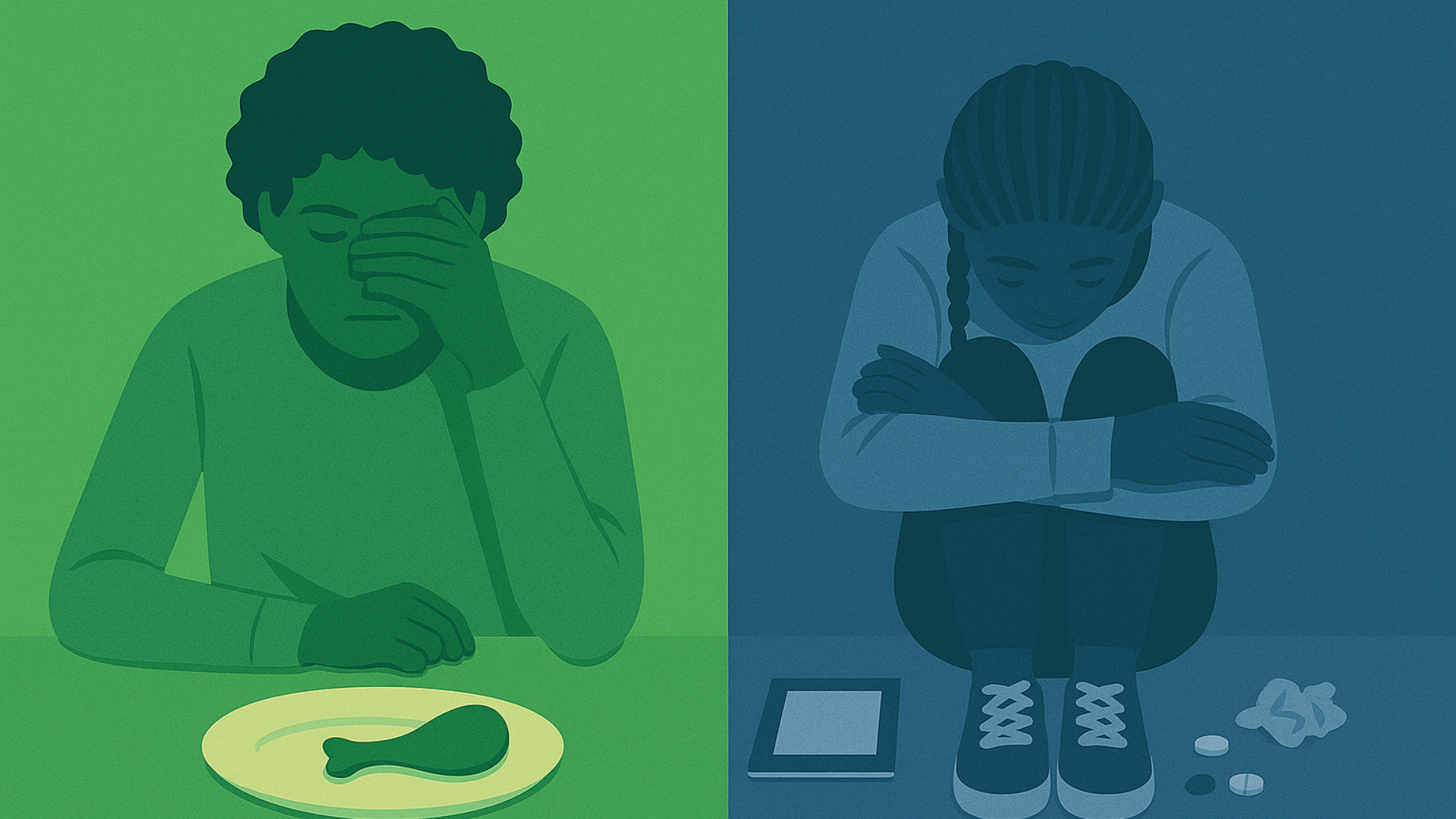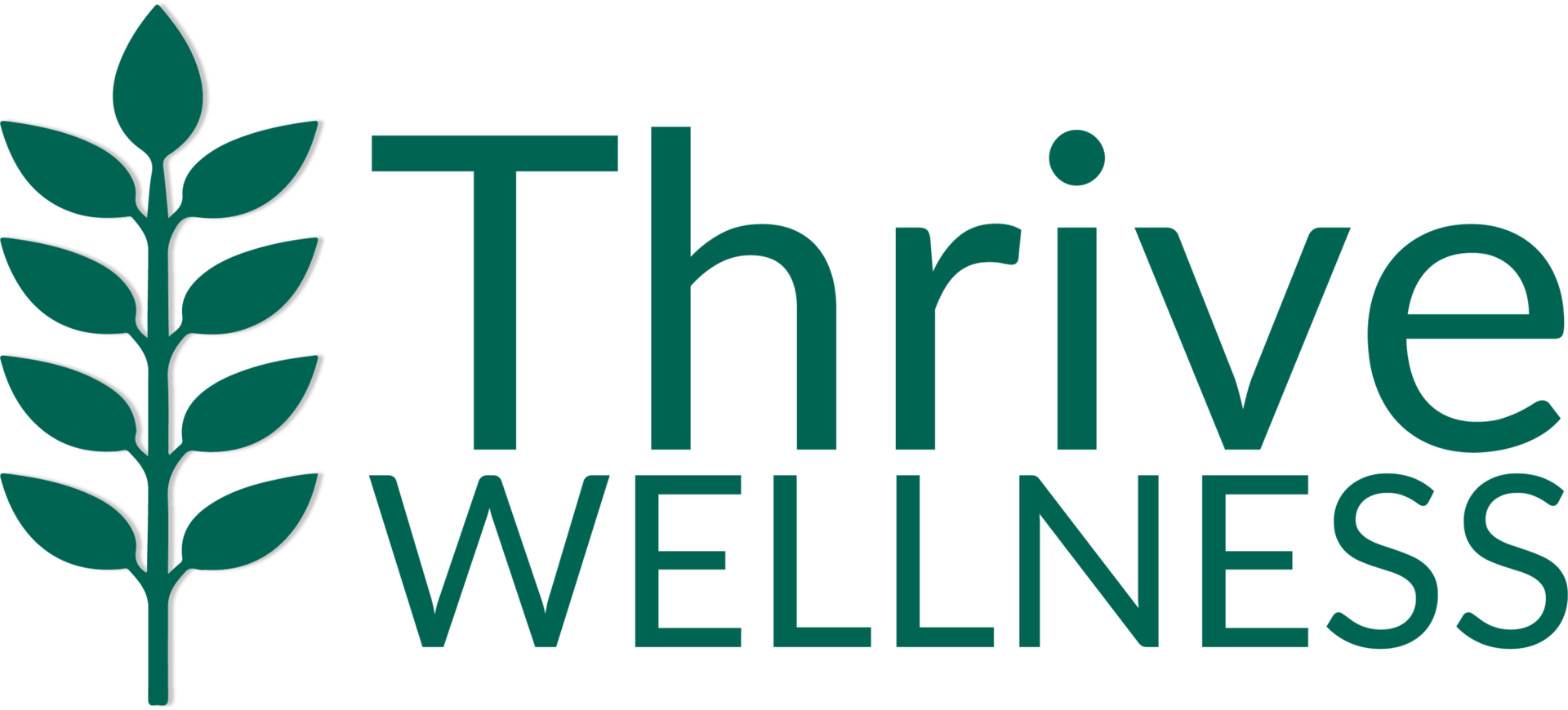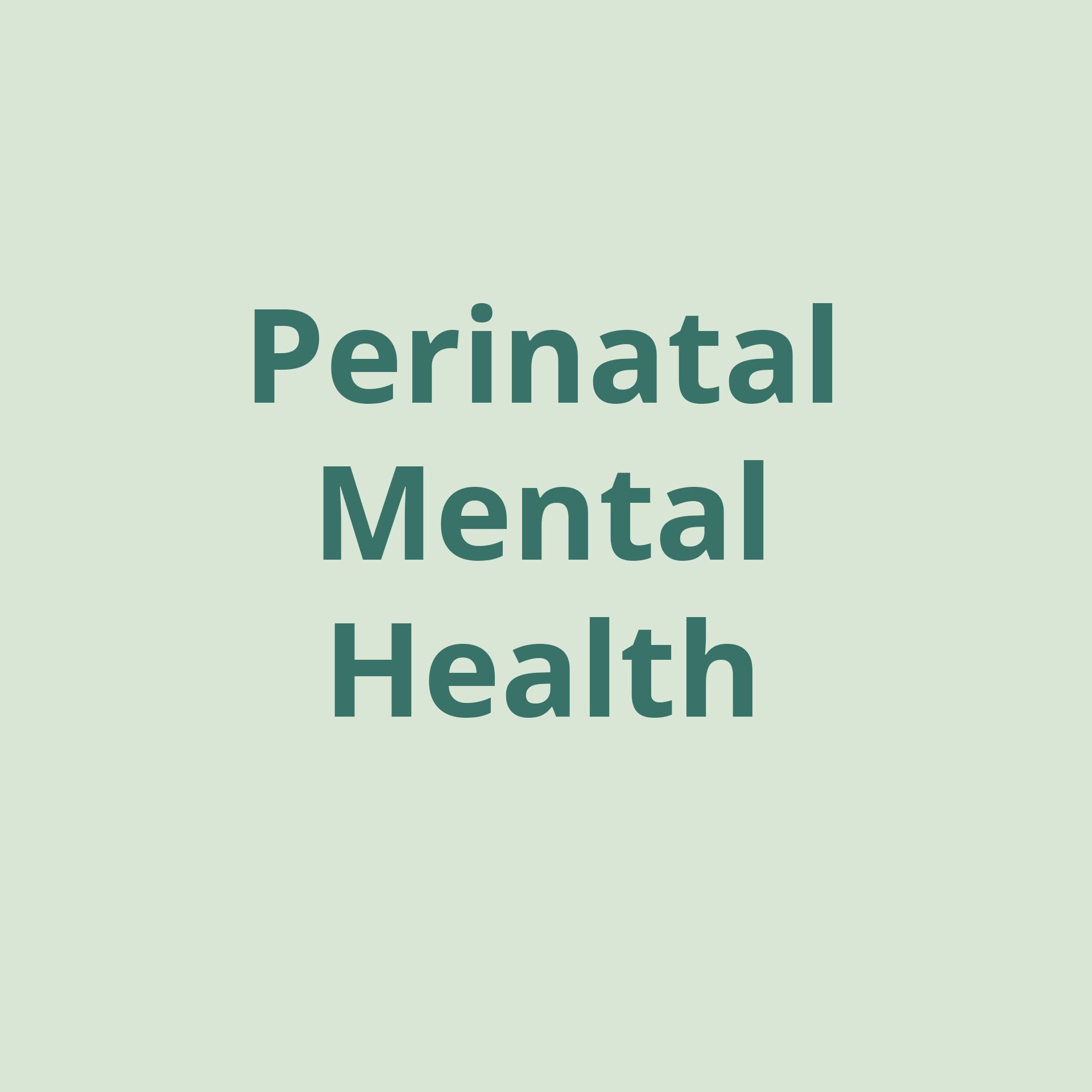What’s Best For You is Best For Your Baby: An Overview of Birth Defects, How They Affect Perinatal Mental Health, and Measures To Promote a Healthy Pregnancy

By Thrive Reno’s Director of Perinatal Psychiatry, Andrea Thompson, APRN, FNP-C, PMHNP-BC
Birth defects are more prevalent than many think. According to the CDC , one in 33 babies are born with a birth defect in the United States each year, which translates to about 120,000 babies a year. Every four and a half minutes, a baby is born with a birth defect in America alone.
Some common birth defects include:
- Cleft palate: Occurs when the tissue of the roof of the mouth doesn’t join together completely during pregnancy.
- Clubfoot: Describes an array of foot abnormalities in which a baby’s foot is twisted or out of place.
- Trisomy 21 or down syndrome: Chromosomal anomaly in which an extra chromosome causes a genetic condition.
- Valve cardiac abnormalities: Describes a range of conditions that can occur when the heart and blood vessels don’t develop normally.
CAUSES AND RISK FACTORS FOR BIRTH DEFECTS
Many individuals mistakenly believe that all birth defects are caused by the parents’ exposure to certain medications , infections, and chemicals while pregnant. In fact, most birth defects are passed genetically and for many types of birth defects, the causes are unknown.
There are certain factors that contribute to birth defects. Parents may face greater risk if they:
- Are 35 years of age or older.
- Have a family or personal history of birth defects.
- Have had a child with a birth defect.
- Use certain medicines around the time they become pregnant.
- Have a medical condition such as diabetes.
- Use recreational drugs or drink alcohol during pregnancy.
BIRTH DEFECT PREVENTION MEASURES
Although many birth defects can’t be prevented despite parents’ best efforts, there are steps parents can take to lessen the risk of birth defects. As part of their “Best for You. Best for Baby.” campaign, the National Birth Defects Prevention Network suggests the following efforts for preventing birth defects.
- Reach a healthy weight: Before conceiving, try to reach a healthy weight by eating adequately and consistently, and including a wide variety of foods in your diet while also embracing the practice of Intuitive Eating .
- Consume folic acid: Include 400 micrograms of folic acid in your daily diet. Folic acid is a B vitamin that helps make new cells as well as prevent brain and spinal birth defects.
- Check before changing your medication: Consult your health care provider before beginning or ending the use of any medication.
- Get current on your vaccinations: Ensure you have all the necessary vaccinations.
- Abstain from drugs and alcohol: Avoid harmful substances during pregnancy, such as drugs and alcohol.
HEALTH CARE SUPPORT FOR FACING POTENTIAL BIRTH DEFECTS
The most ideal approach to preventing birth defects is for parents to discuss the risks with their OB-GYN or midwife before they even conceive. However, many circumstances surrounding pregnancy don’t allow for this kind of preparation.
Whether parents are hoping to conceive or are already expecting, the health care resources listed below can provide support in dealing with the potential of birth defects:
- Prenatal tests: Screen for genetic disorders, chromosomal disorders, and heart defects.
- Genetic counselors: Review parents’ health history, prenatal tests, and other factors to determine the risk of having a baby with a birth defect, in addition to offering guidance to parents on next steps.
- High-risk pregnancy doctors: Provide care and oversight for pregnancies with potential complications.
BIRTH DEFECTS AND PERINATAL MENTAL HEALTH
Any circumstances that deviate from what parents consider ‘a normal pregnancy’ can be upsetting. So, finding out that their baby has a birth defect can considerably disrupt parents’ perinatal mental health .
When faced with the potential of having a baby with a birth defect, parents commonly experience:
- Feelings of anxiety: As they undergo tests and worry about their baby’s health and future.
- Feelings of grief: For the perfectly healthy baby they had hoped for.
- Feelings of guilt or shame: From a sense of perceived failure over not having a perfectly healthy baby.
These mental health struggles can increase parents’ risk for developing postpartum depression and anxiety. By seeking perinatal mental health support early, parents can navigate any mental health challenges, obtain guidance throughout their perinatal journey, and create a support network of understanding individuals.
PERINATAL SUPPORT AT THRIVE
Thrive supports parents on their perinatal journeys — no matter what those journeys consist of. At Thrive Reno, our perinatal experts include medical professionals, psychiatrists, therapists, nutritionists and mindful movement specialists who collaborate to counsel, heal, and nurture new parents. Thrive Reno offers a perinatal mental health support group , outpatient perinatal therapy , as well as an “ It Takes a Village” Day Program for perinatal mental health, so individuals can confidently and joyfully embrace new parenthood, whatever the circumstances. Reach out to us to learn more.
About the Author
Andrea Thompson, APRN, FNP-C, PMHNP-BC — Thrive Reno’s Director of Perinatal Psychiatry
Andrea Thompson, APRN, FNP-C, PMHNP-BC is a Nurse Practitioner whose background has stemmed in primary care, primarily working with under-served and under-insured populations. After several years in family practice, she completed a Post Master’s certification as a Psychiatric Mental Health Nurse Practitioner. In early 2019, she started a program the first of its kind in Northern Nevada to integrate mental health services into a women’s health/OBGYN practice where she had a focus on perinatal mood and anxiety disorder diagnosis and treatment which solidified her passion for Perinatal/Reproductive Psychiatry. She has also completed certificate training with Postpartum Support International. As a postpartum depression survivor herself, she has a passion for helping other women throughout their journey to mental wellness. She and her husband moved to the Reno area several years ago from Seattle, WA to settle into a place to raise their family; they have three young boys. Aside from spending time with her family outdoors, Andrea is also active in the efforts to improve the sexual health education offered to the youth in our community as well as advocating at the state level to support Nurse Practitioner autonomy and Maternal Mental Health.








